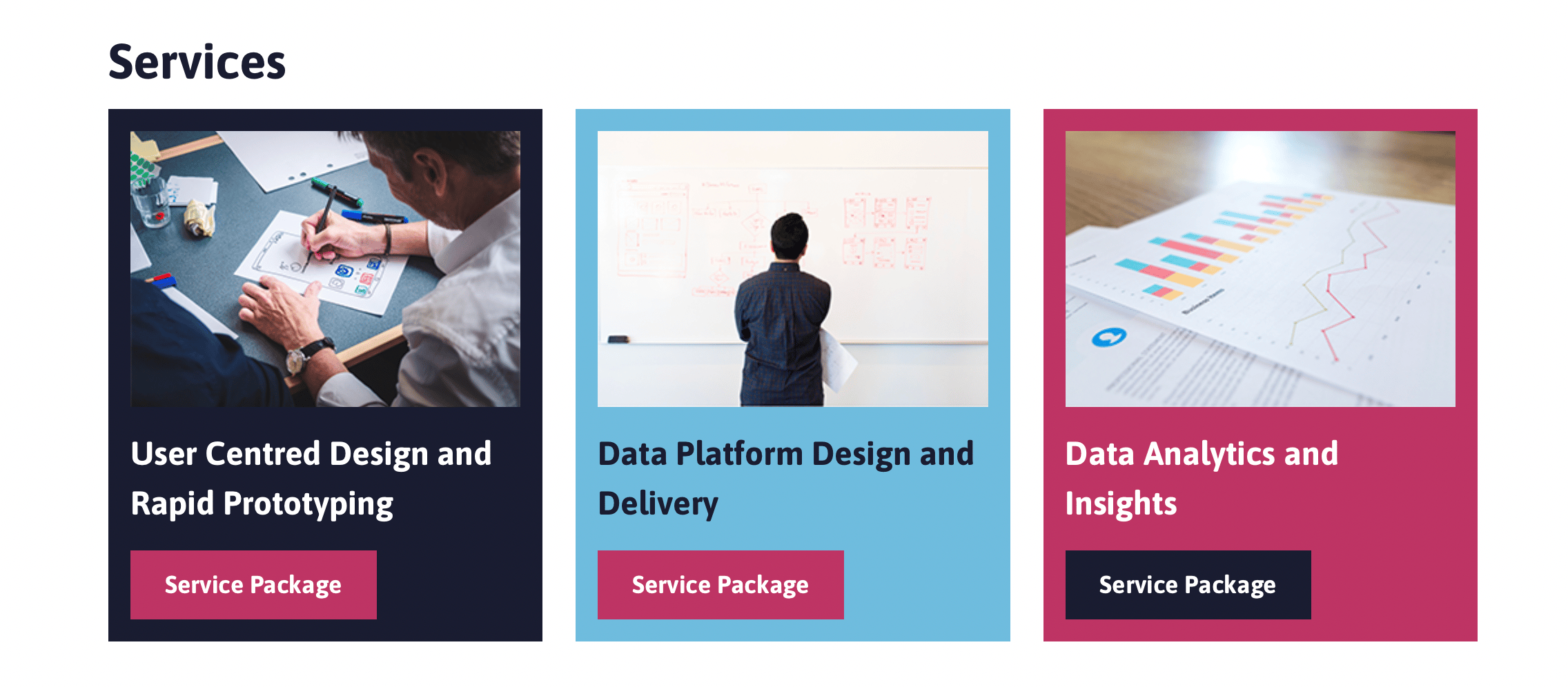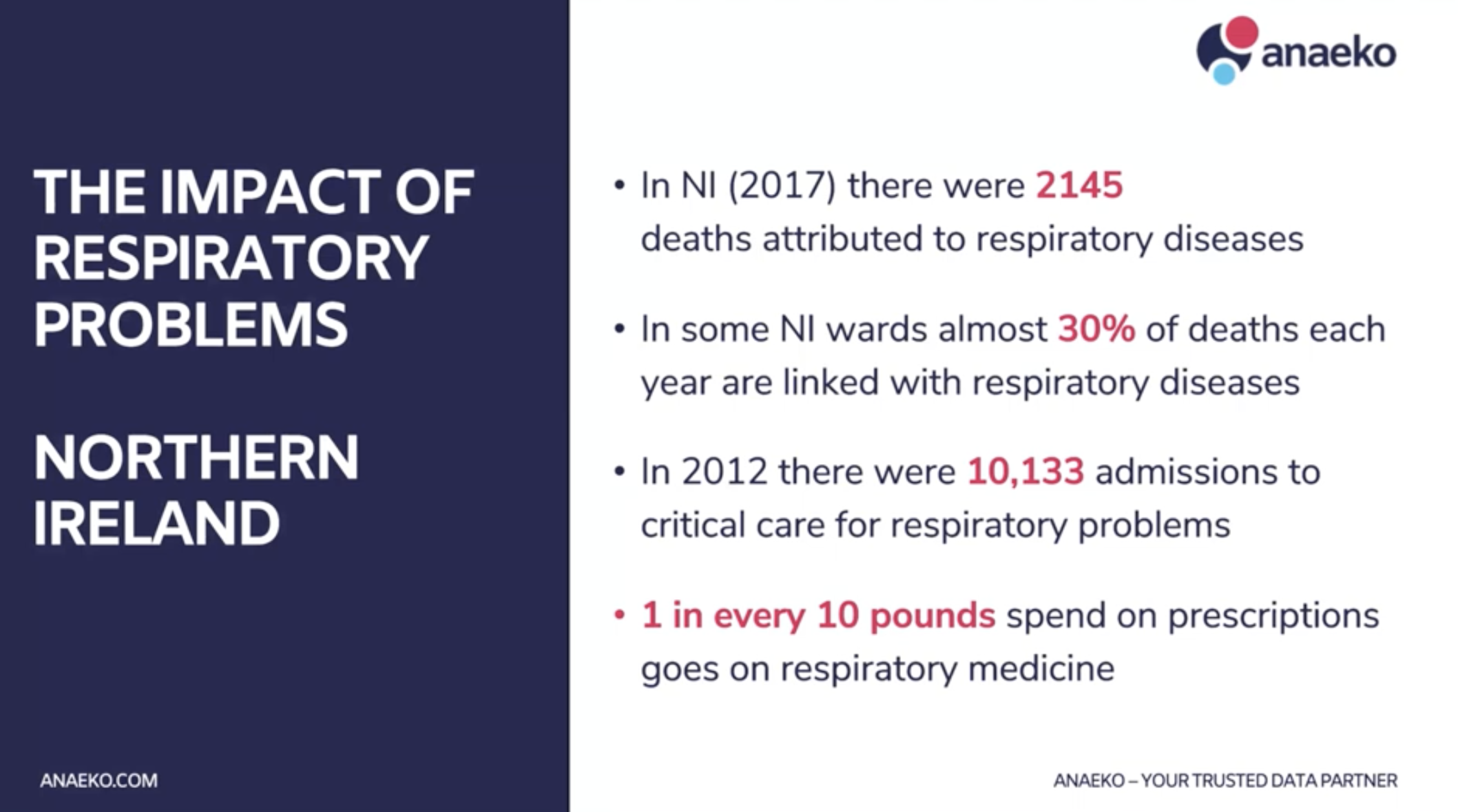Inpatient Waiting Times
In Northern Ireland inpatient waiting times are increasing and becoming longer compared with other parts of the UK.
Health and Social Care Trusts across Northern Ireland aim to hit the waiting time 2023/24 target were 55% of patients should wait no longer than 13 weeks and no patient should wait over 52 weeks for inpatient and day case waiting times.
The latest statistics below from the Department of Health and the Information Analysis Directorate show Northern Ireland Waiting Time Statistics: Inpatient and Day Case Waiting Times 31st December 2023.
"97,794 patients were waiting for inpatient or day case admission to hospitals in the Belfast, Northern, Southern and Western HSC Trusts on 31 December 2023, 6.4% (6,679) fewer than on 30 September 2023 (104,473), and 12.7% (14,259) less than on 30 December 2022 (112,053)."
Of patients waiting for an inpatient admission:
- "The median waiting time was 58.4 weeks, an increase from 57.3 weeks on 30 September 2023."
- "The target of no patients waiting longer than 52 weeks was not achieved, with the highest proportion over 52 weeks being 63.5% (65,938 of 103,773 patients) at 31 March 2021."
Source: Northern Ireland Waiting Time Statistics: Inpatient and Day Case Waiting Times 31st December 2023
"In January 2024, Accident & Emergency Departments experienced their busiest month ever, resulting in a significant increase in extended waiting times, reaching some of the highest levels ever recorded1. In certain areas, some patients endured waits of more than 10 hours while still in ambulances." Source: Digital Health Rewired
There are many reasons for increased waiting times including funding, resources and patient demand. With the NHS treating more and more patients there are organisations and institutes collaborating to consider new ways to tackle the pressures being felt across all healthcare services.
Outcomes of Data Integration for Healthcare
Data Optimisation and data integration can help improve waiting times by analysing data, sharing data across sectors and platforms as well as introducing new technology to aid patients. In every public sector department there are huge amounts of unused and unimproved data that can be analysed to help save time.
With data growing at an exponential rate, every health organisation must optimise their data in order to meet patient expectations, reduce information risk and maintain competitiveness.

There are some ways inpatient waiting times could be improved with the following looking at some examples of collaboration and research within the UK.
- Real-time Data - Systems at East Kent hospitals university NHS foundation display live waiting times that help the trust to better understand when to redirect patients. Such solutions as a real-time data display for live waiting times can improve the patients flow to hospitals and reduce congestions. Information-sharing systems have been developed to integrate data across a patients care path which means they can get to the right service quickly. (from The Guardian)
- AI Integration - University College London Hospital is collaborating with the Alan Turing Institute to tackle waiting times by implementing artificial intelligence for speedier decision-making. Health data collected will be analysed by artificial intelligence to determine the severity of a patients case and allow doctors to quickly make decisions around the best form of treatment and fast-track patients. (from apolitical)
- Patient Management Software Analysis - Hospitals can enhance Patient Management Software to reduce waiting times. After health consultants analyse appointment type, ticket numbering, doctor late arrival, early arriving patient and patients’ distribution list, the patient management system can be optimised and redesigned to better allocate resources and provide more informative data. (from Science Direct)
As organisations rely more and more on data, they need a partner that can help to optimise the way data is extracted, transformed and migrated.
Topics: Data Integration, Healthcare, Northern Ireland, Data Optimisation




%20(Facebook%20Event%20Cover)-6.jpg)
